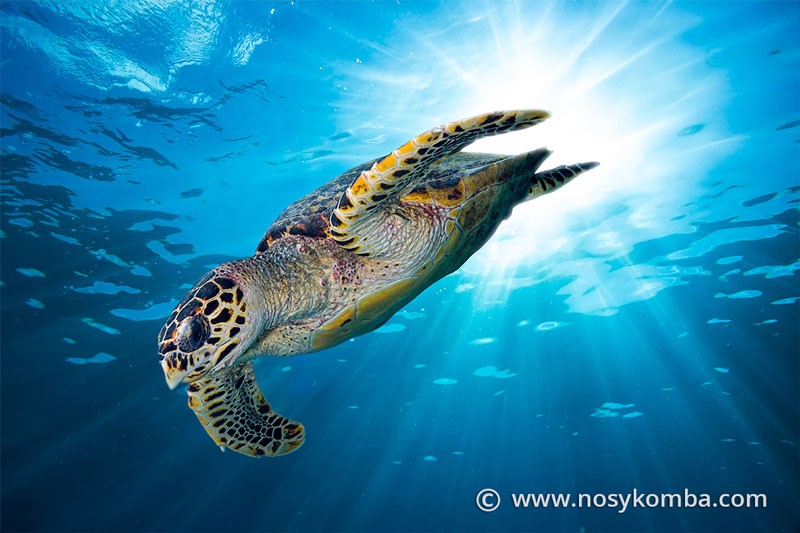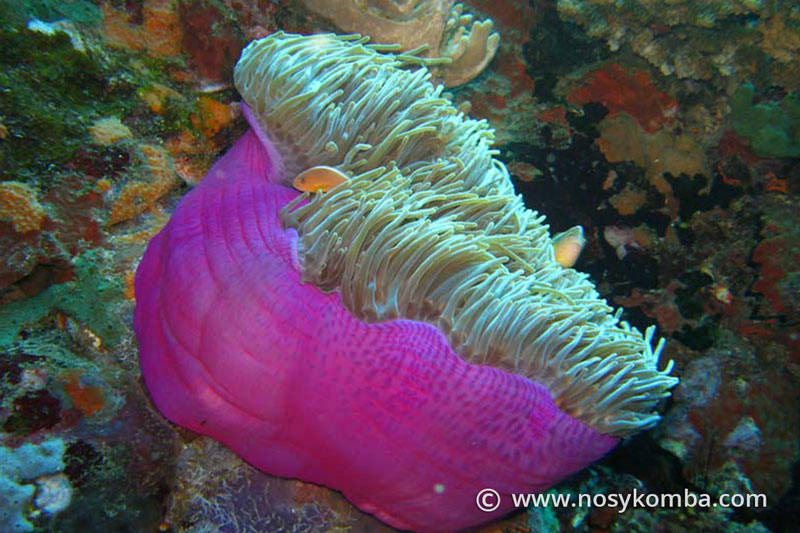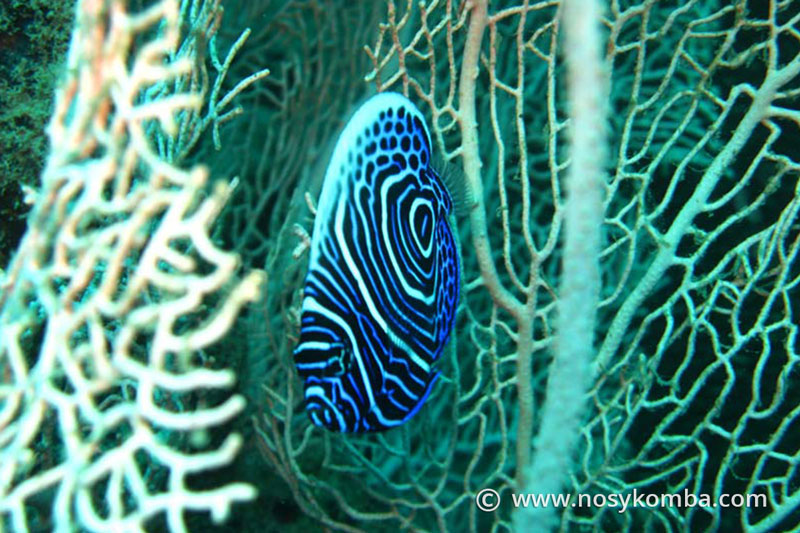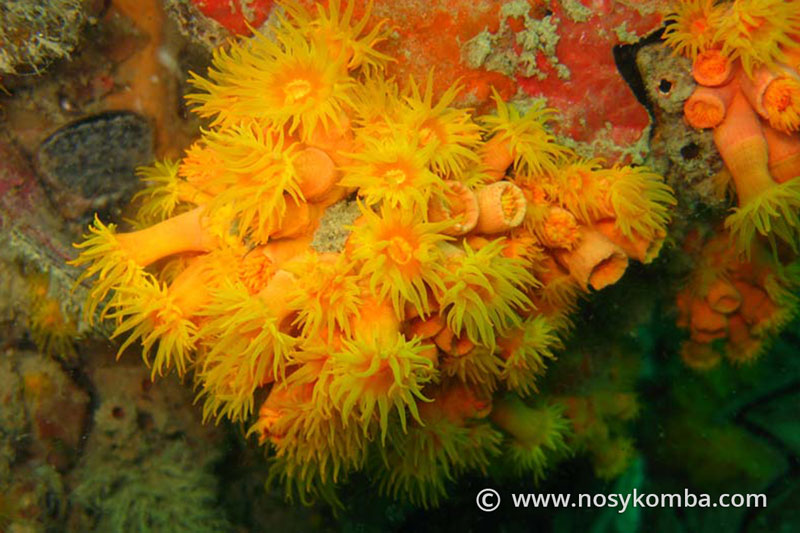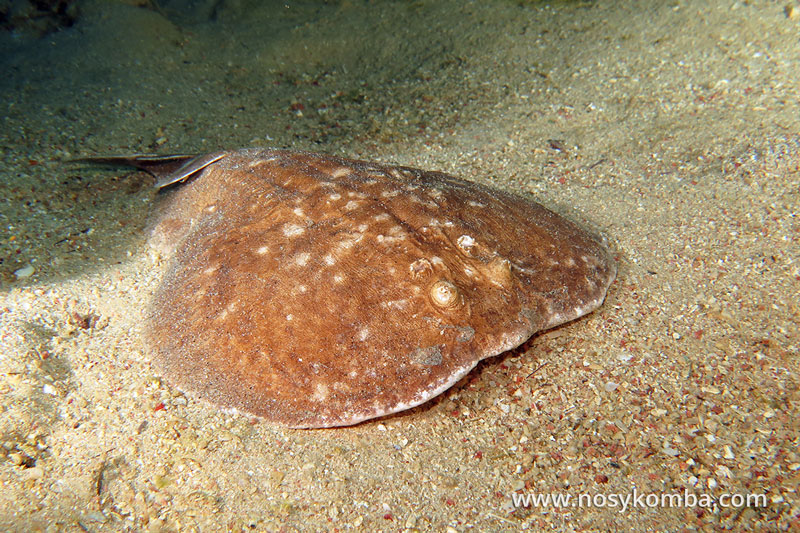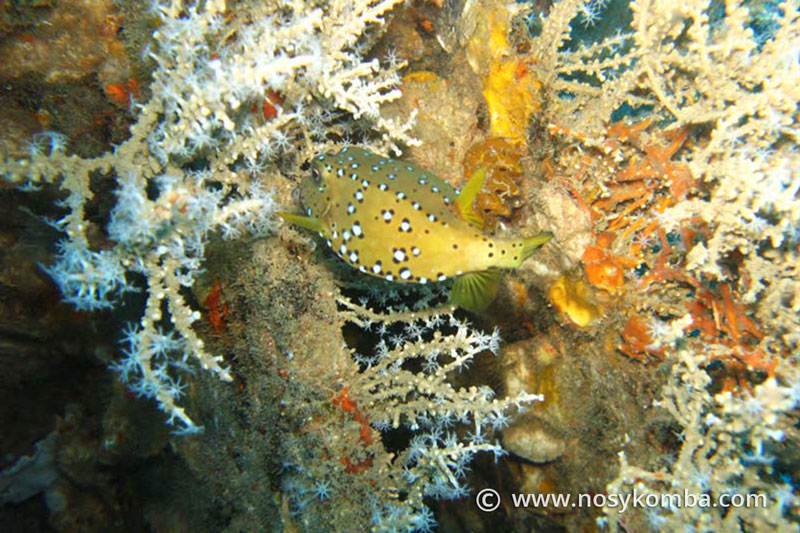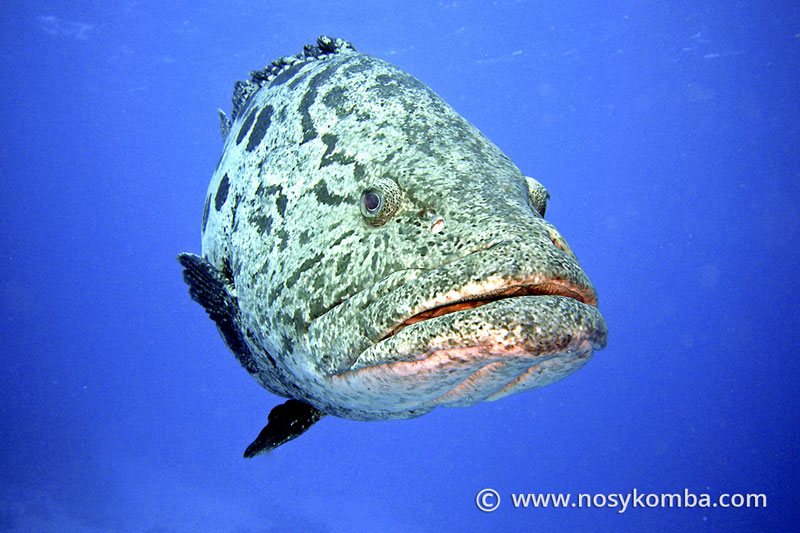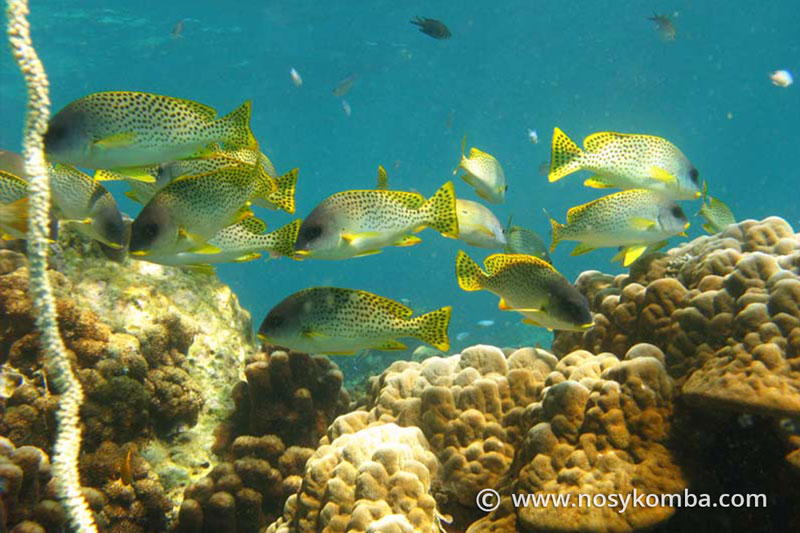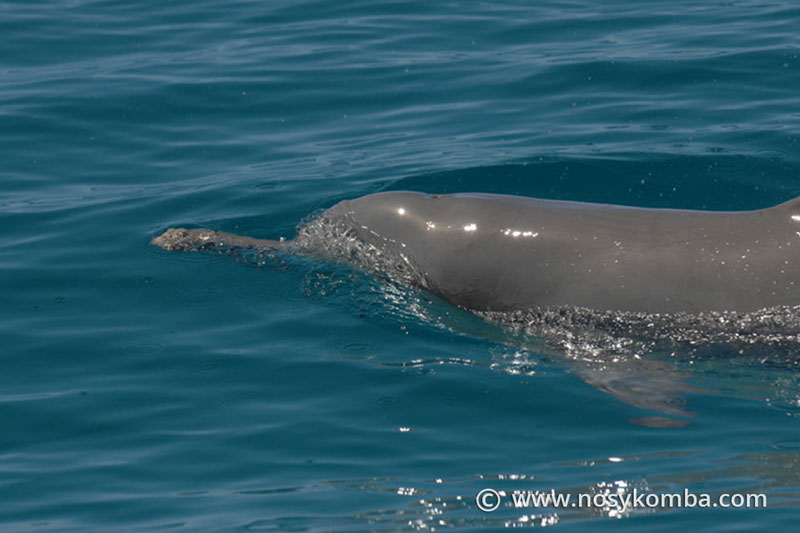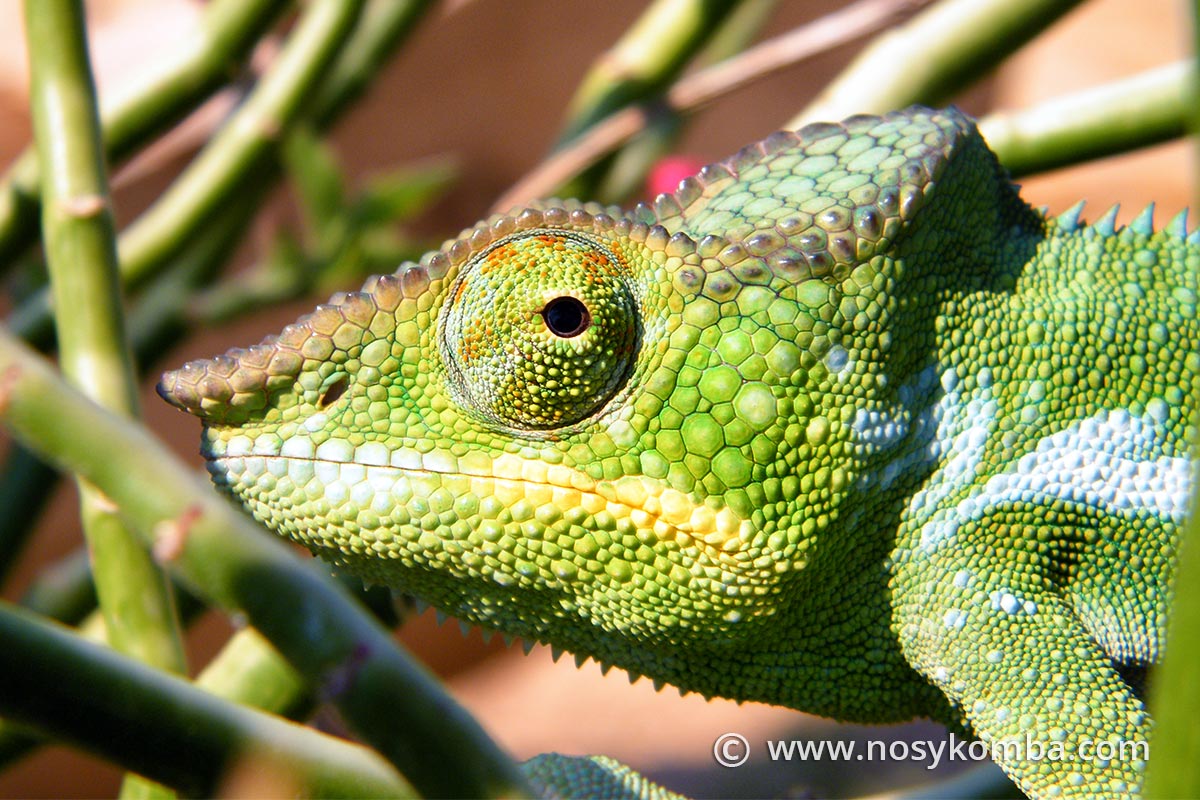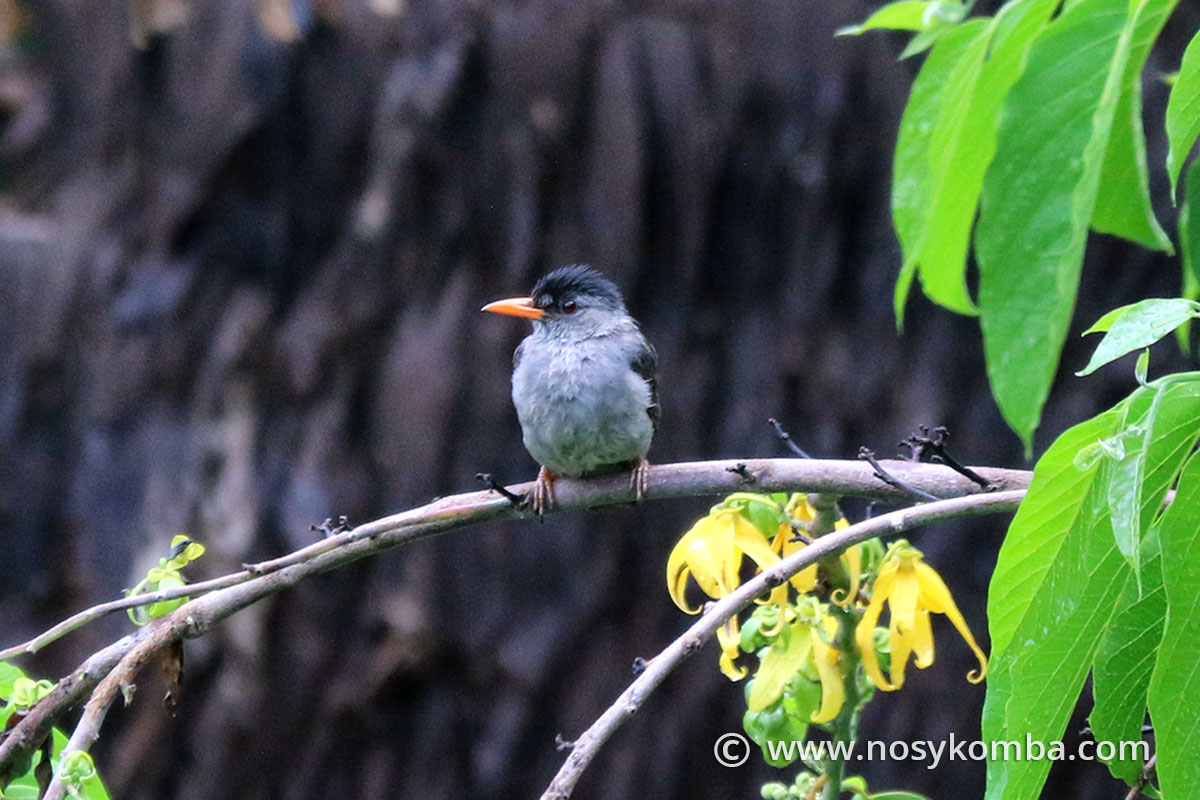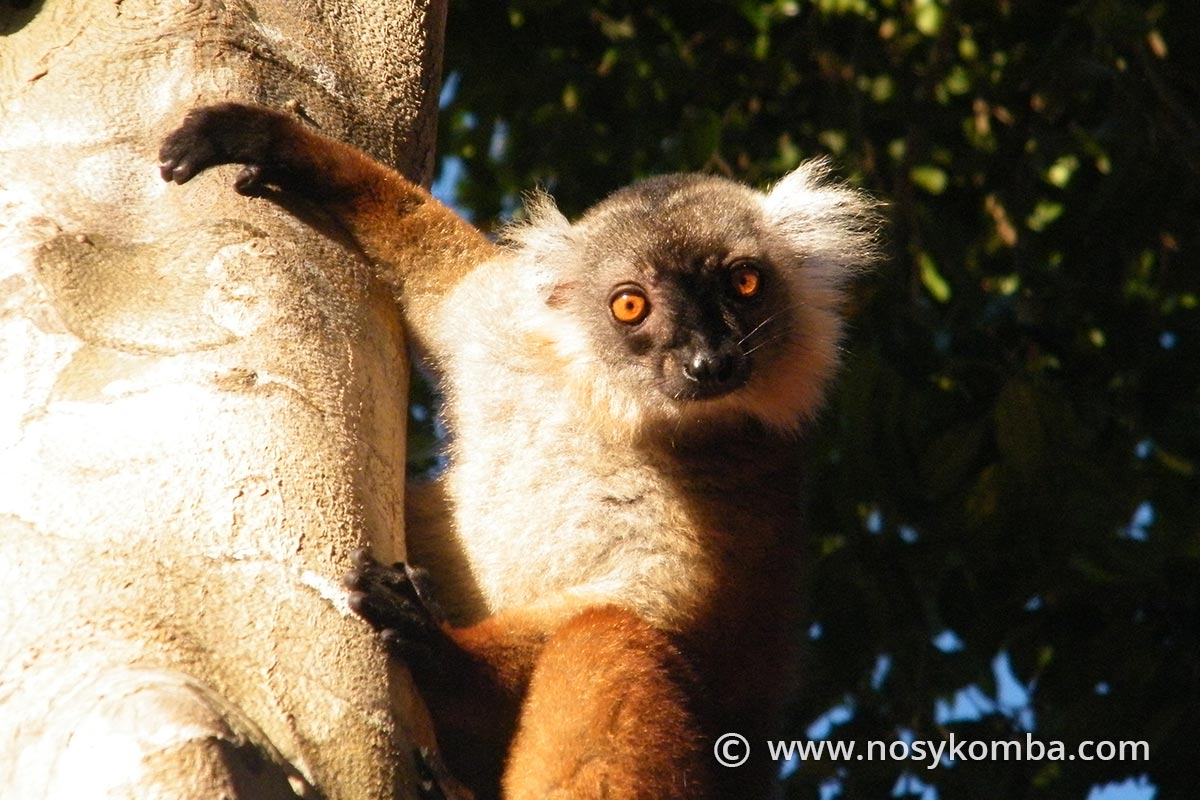Marine Biodiversity
Nosy Be marine areas offer magnificent natural aquariums where you can find many varieties of fish, corals, shellfish and other aquatic species.
Among all these species, we can observe among others:
- Whale shark
- Humpback whale
- Humpback dolphin
- Tusiops, the Indo-Pacific bottlenose dolphin
- Stenella longirostris, Stenella attenuata, Long-beaked dolphin
- Leopard shark
- Manta ray, stingray, eagle
- Green turtle, hawksbill turtle
- False killer whale
- Globicephala macrorhynchu
- Barracuda, lutjan, snapper
- Parrotfish, grouper, platax
- Moray eel
Sea turtles are present all year round and it is common to see a turtle poking its head out of the water to catch its breath, either from a boat or from the beach.
Several families of humpback dolphins live all around the island. Several families of humpback dolphins live all around the island. Sometimes you can see them playing and jumping between the villages of Anjiabe and Antamontamo.
Humpback whales
What season to watch whales in Nosy Be?
Humpback whales stay in Nosy Be from July to November. This is only a stage in their migratory cycle, because each year, humpback whales travel about five thousand kilometres from their feeding grounds in the deep south. They travel to warmer, shallow, well-protected waters. Some come to breed, and some come to give birth.
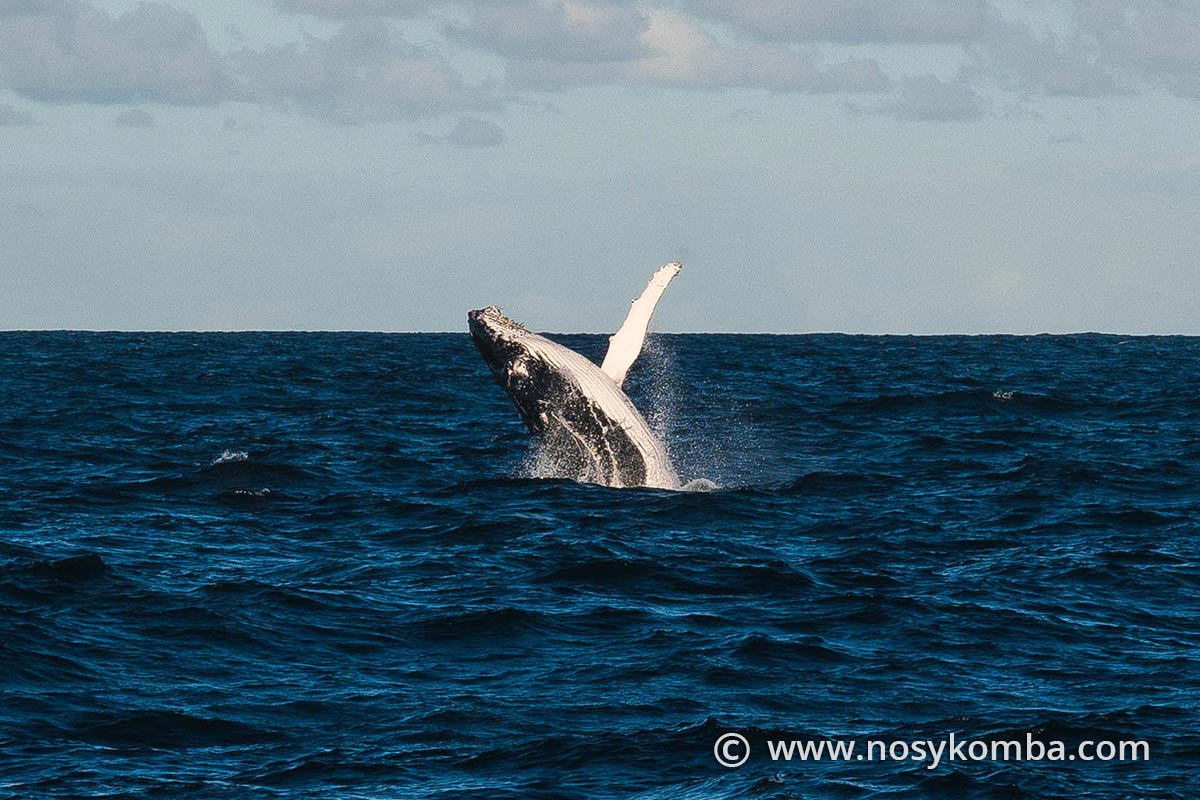
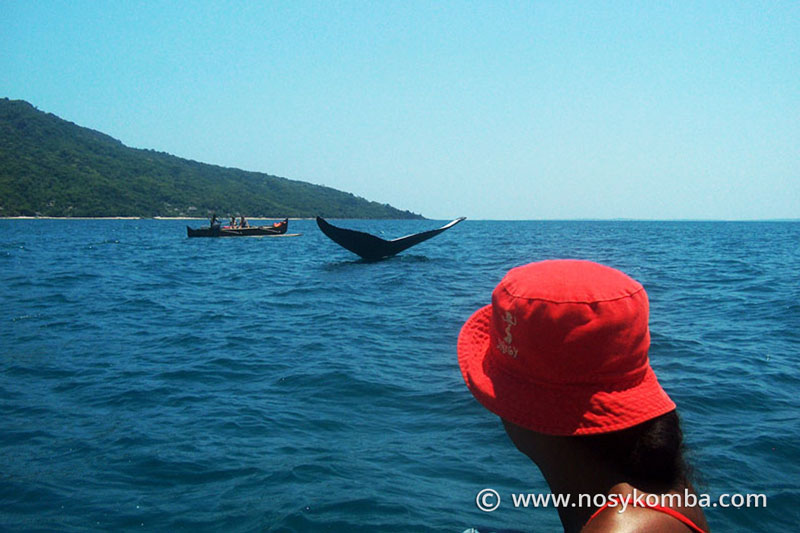
Description
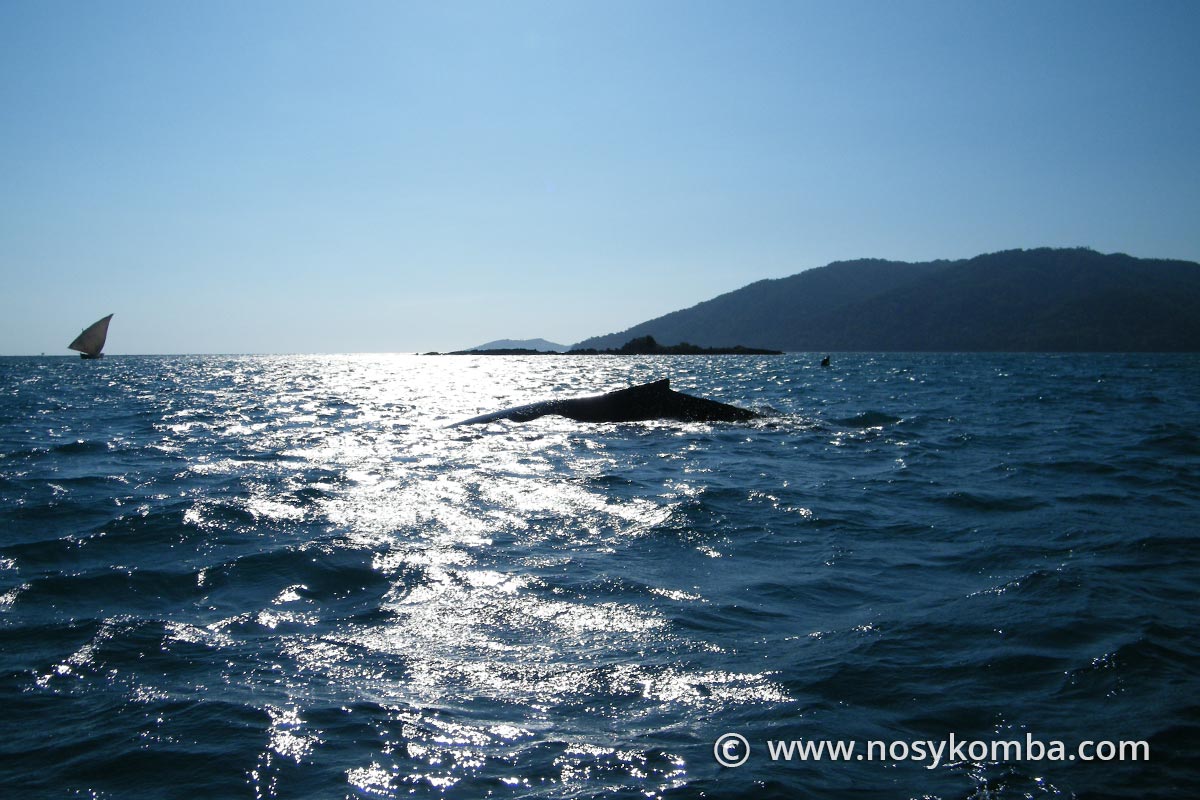
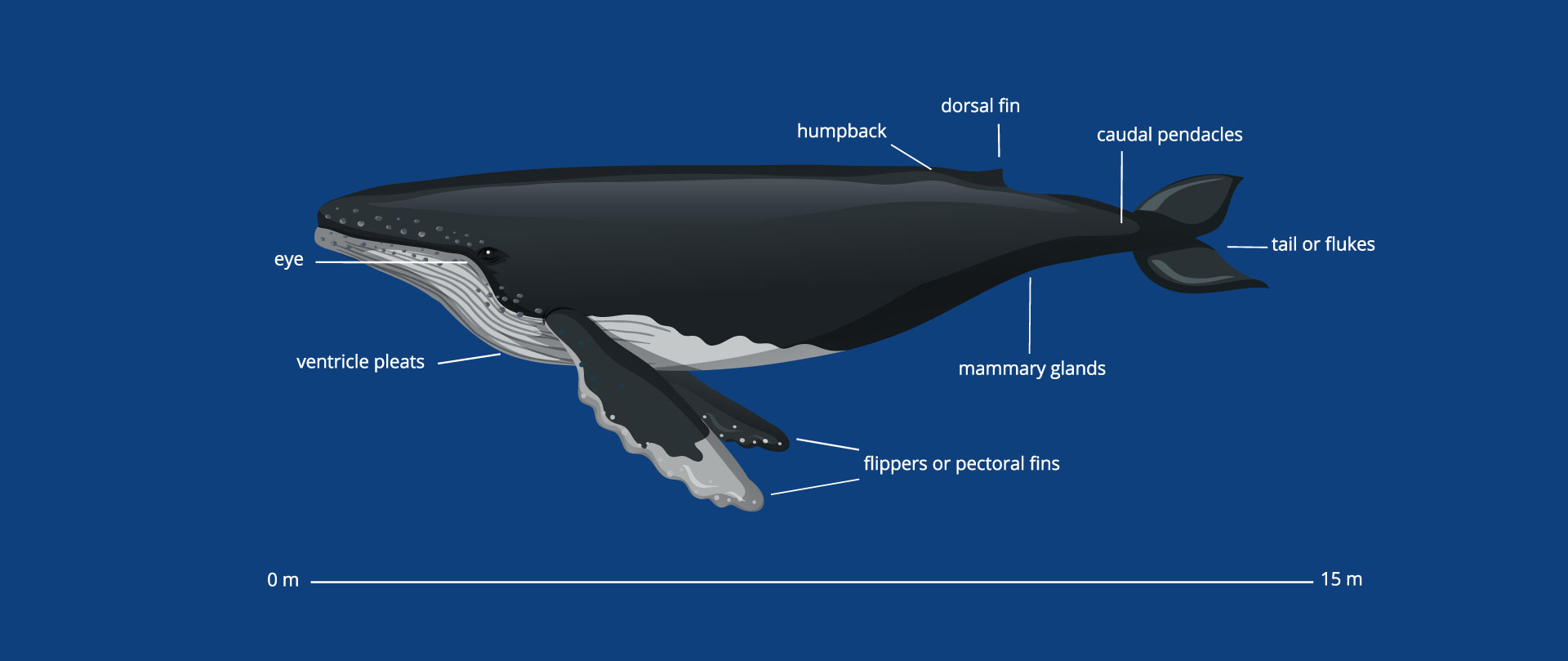
Reproduction and behaviour
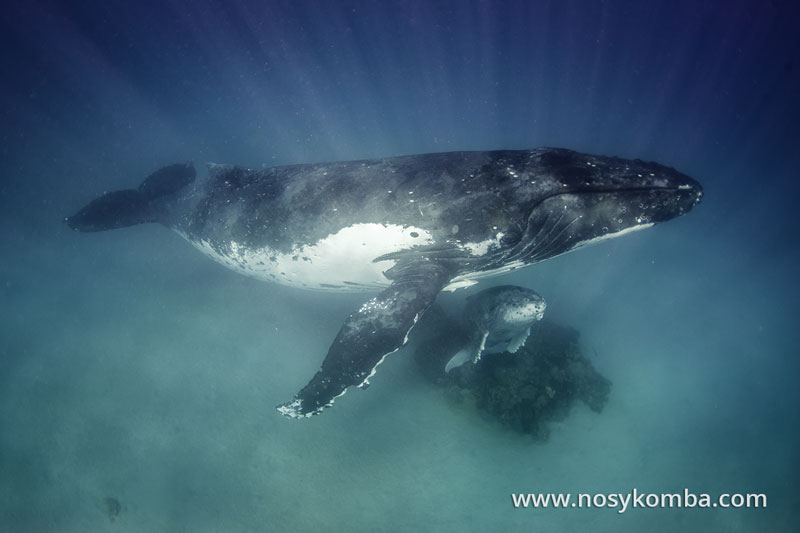
When this majestic cetacean surface, it expels the air in its lungs, and its breath causes a cloud of nearly three meters.
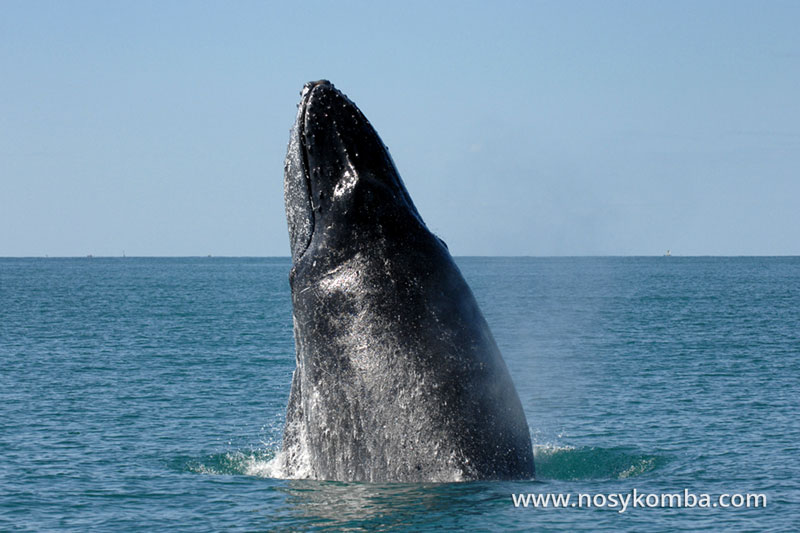
Vulnerability
Whale sharks
When to watch whale sharks in Madagascar?
The whale shark frequents the waters of Nosy Be from September to December. It is possible to see them the rest of the year during a cruise or a scuba dive, but this period is the best time to see them.
For a respectful observation of whale sharks, it is advisable to respect certain rules:
-
- Boats must respect an approach distance of 15 meters.
- Swimmers must stay between 3 and 4 meters from the fish.
- It is recommended to be vigilant, even with this distance.
- It is forbidden to touch them.
- Avoid violent flipping and sudden movements.
- Sunscreens are toxic for them.
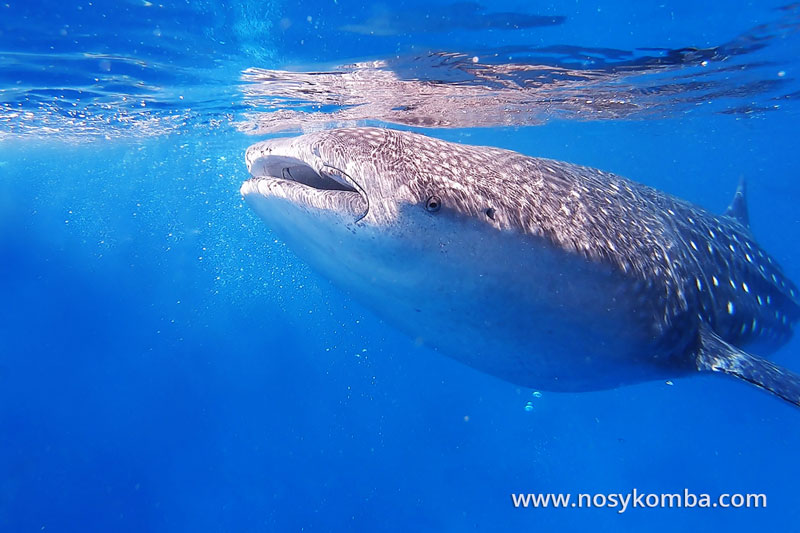
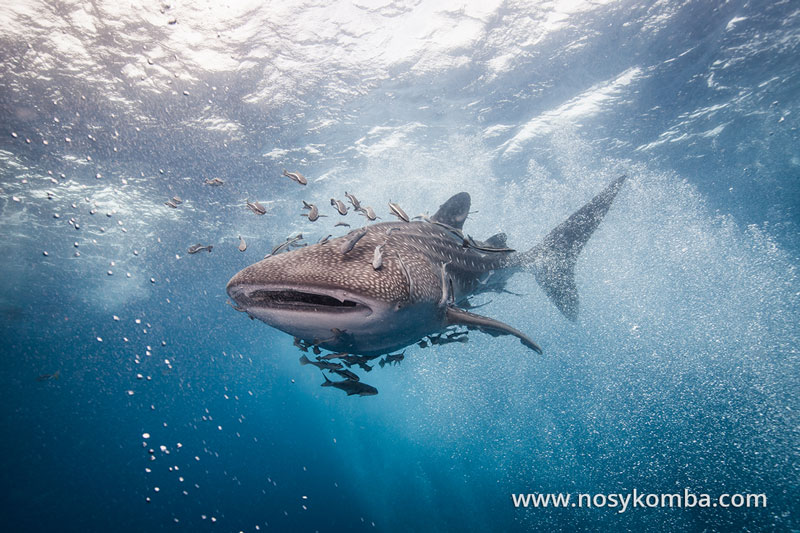
Description
Reproduction
How gestation occurs is still a mystery to this day. Like many sharks, whale sharks are born fully formed and measure about forty centimetres in length at birth.
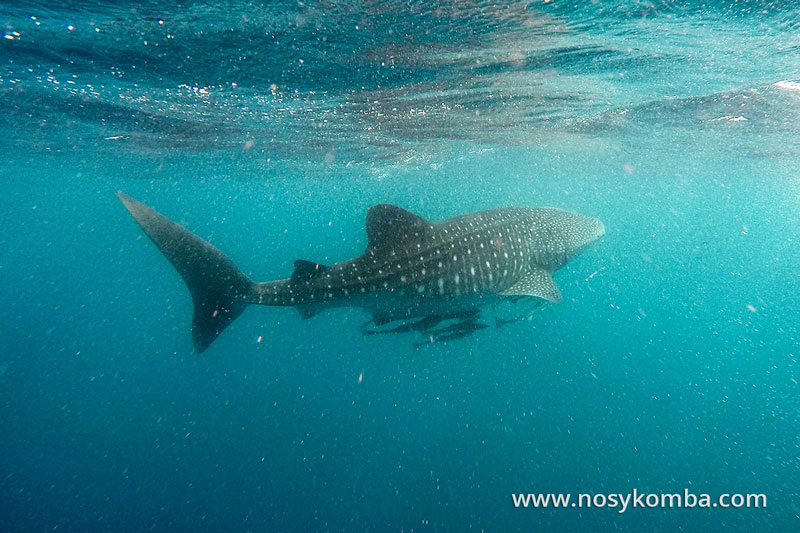
Vulnerability
Discover the local culture
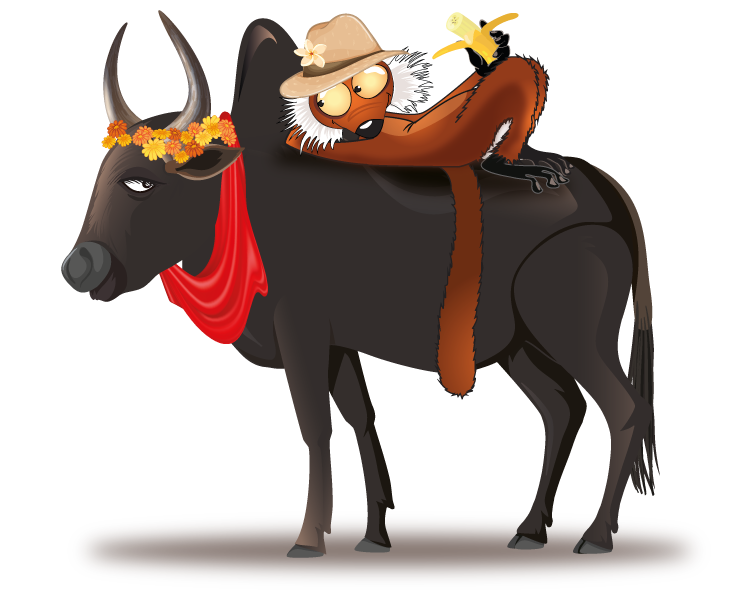
On the same subject…
Amphibians and reptiles
There are about twenty different amphibians (batrachians) and reptiles on the island of Nosy Komba.
The birds
There are more than twenty species of birds on the island of Nosy Komba.
Maki Macaco
Many lemurs macaco are living in Nosy Komba. There are several mixed groups led by females.
FAQ
Questions / Advice
Can we swim with the humpback whales in Nosy Be?
No, the rules prohibit the launching of swimmers with whales in Nosy Be and everywhere in Madagascar.
What is the approach distance for a whale watching boat?
How to spot humpback whales from far away?
When can I see whale sharks?
Can we swim with whale sharks in Nosy Be and Nosy Komba?
Yes, some excursionists offer to swim with whale sharks. These animals are vulnerable and fragile, and a distance of several meters from the animal must be respected.
